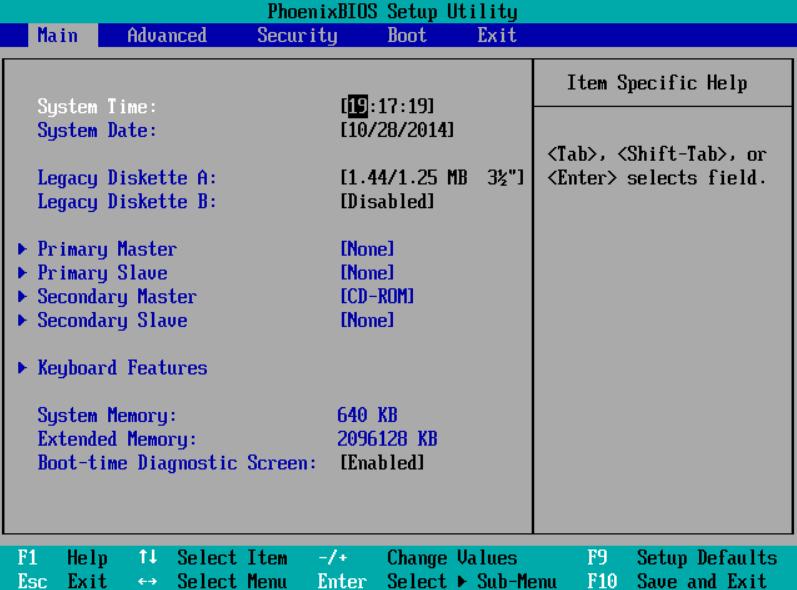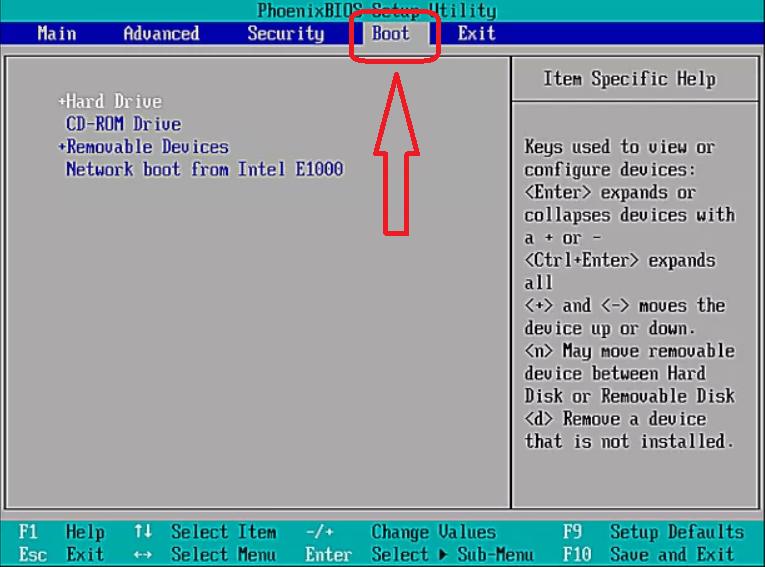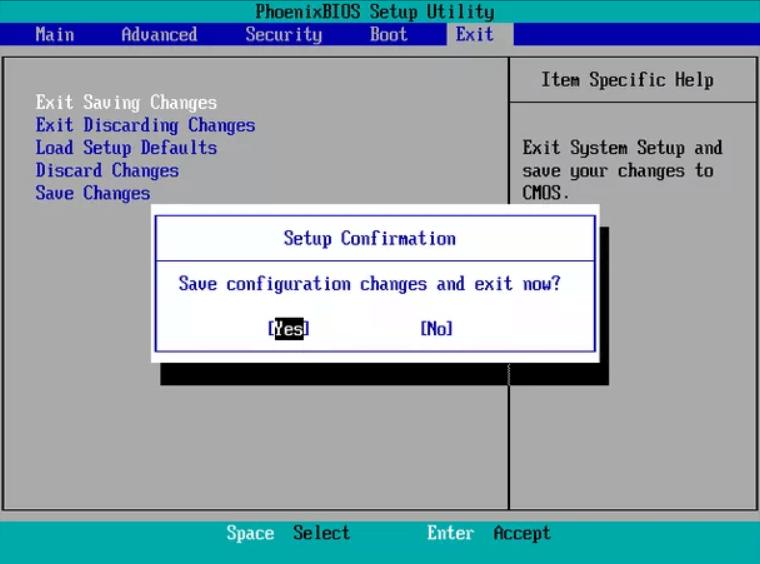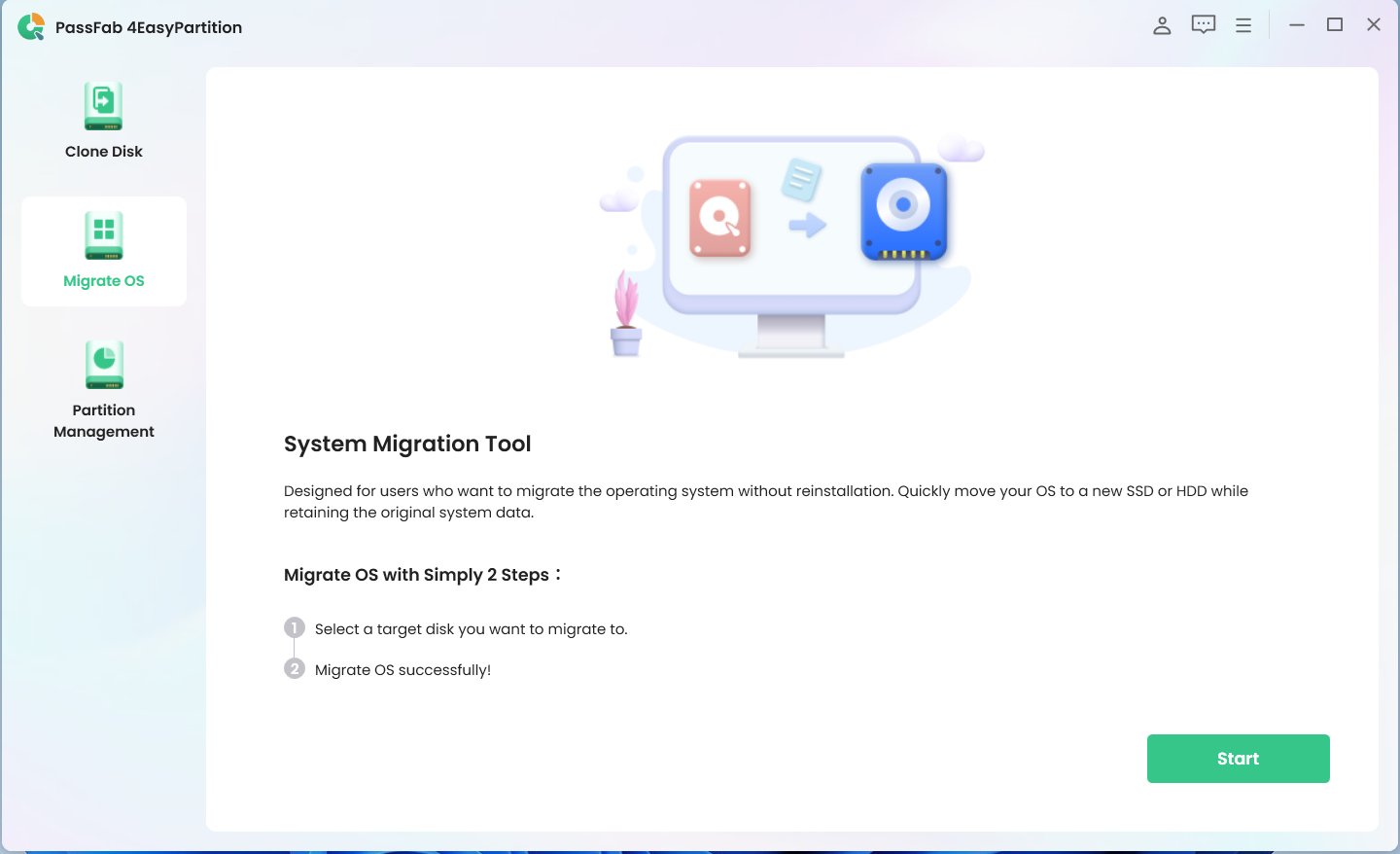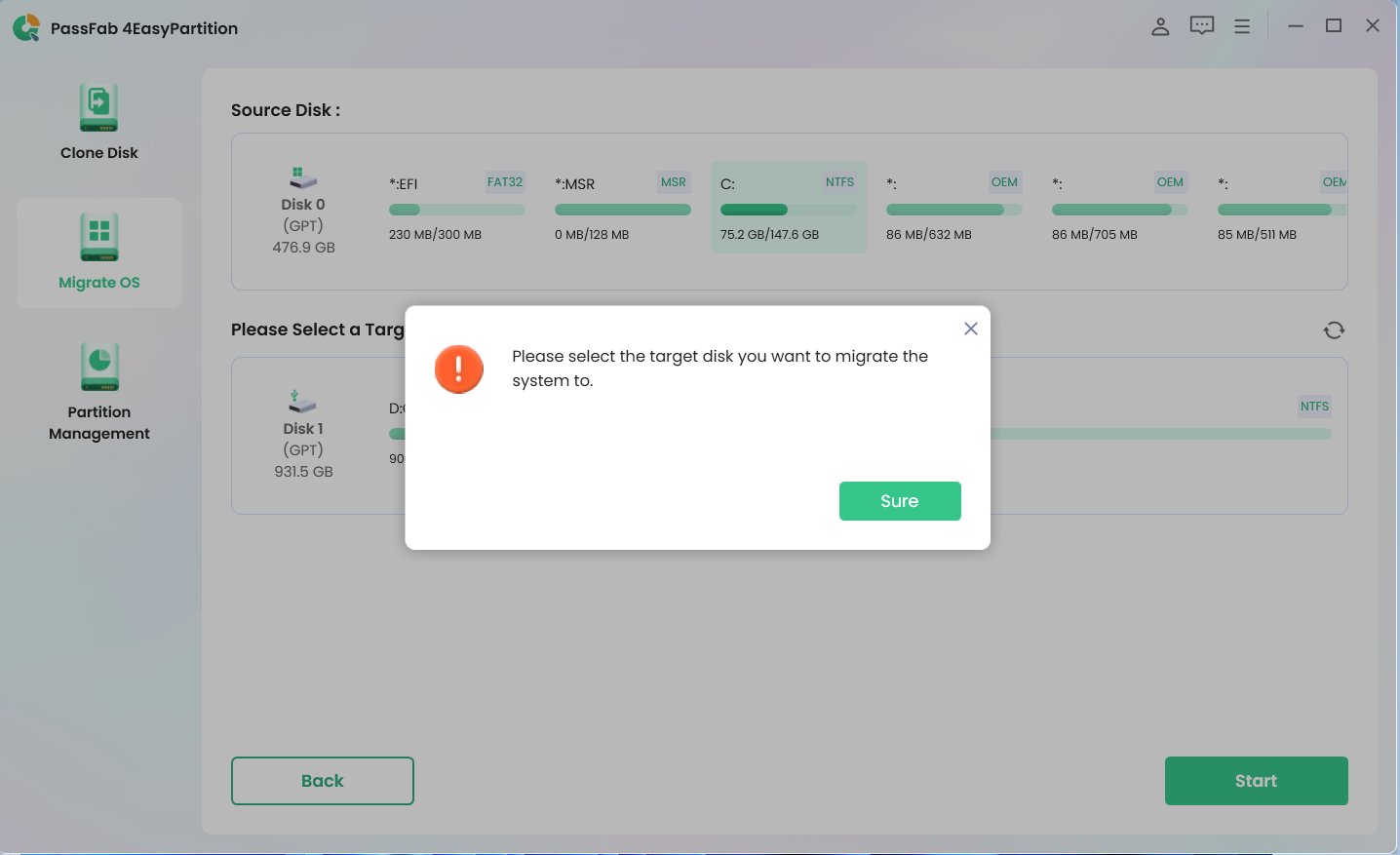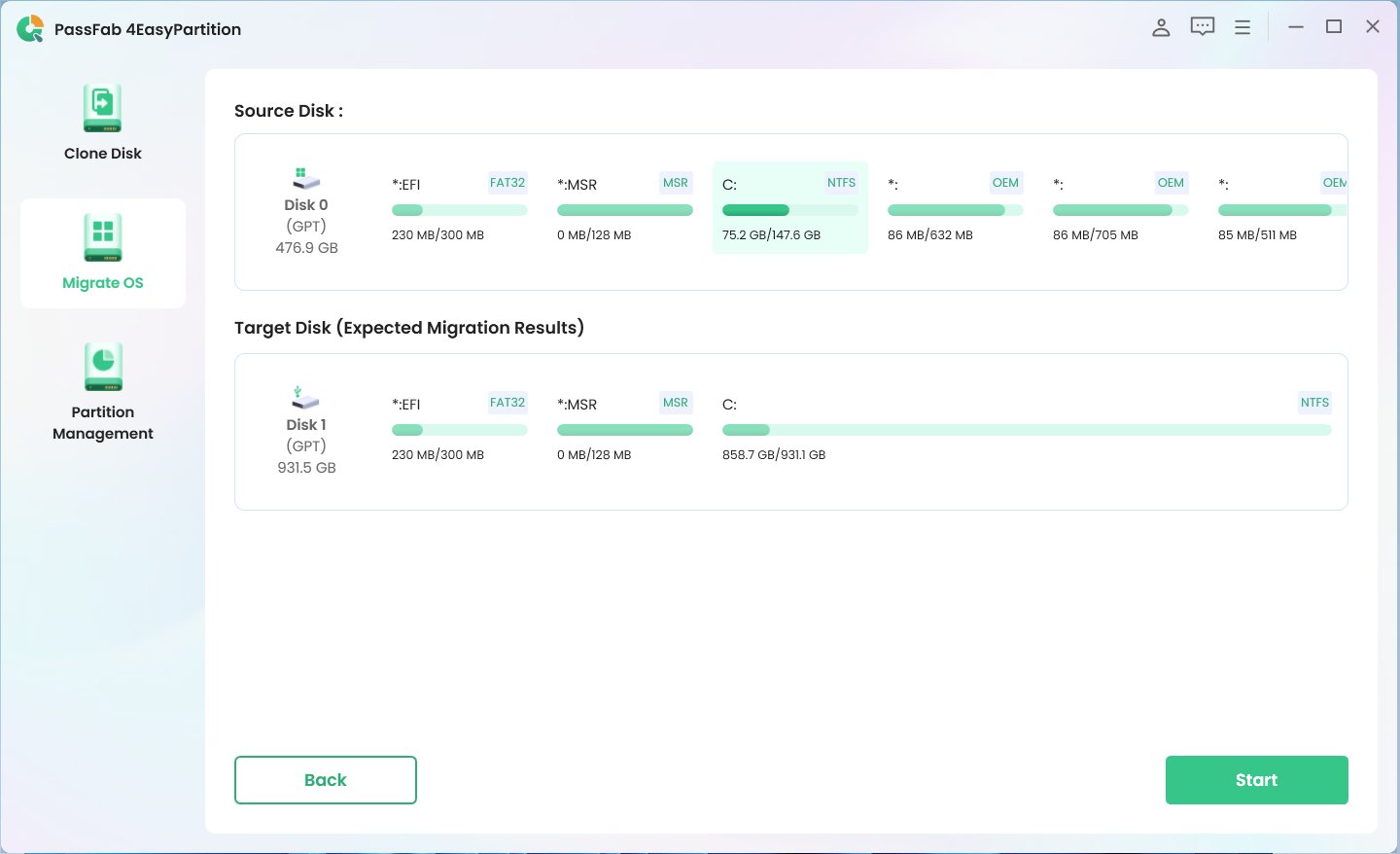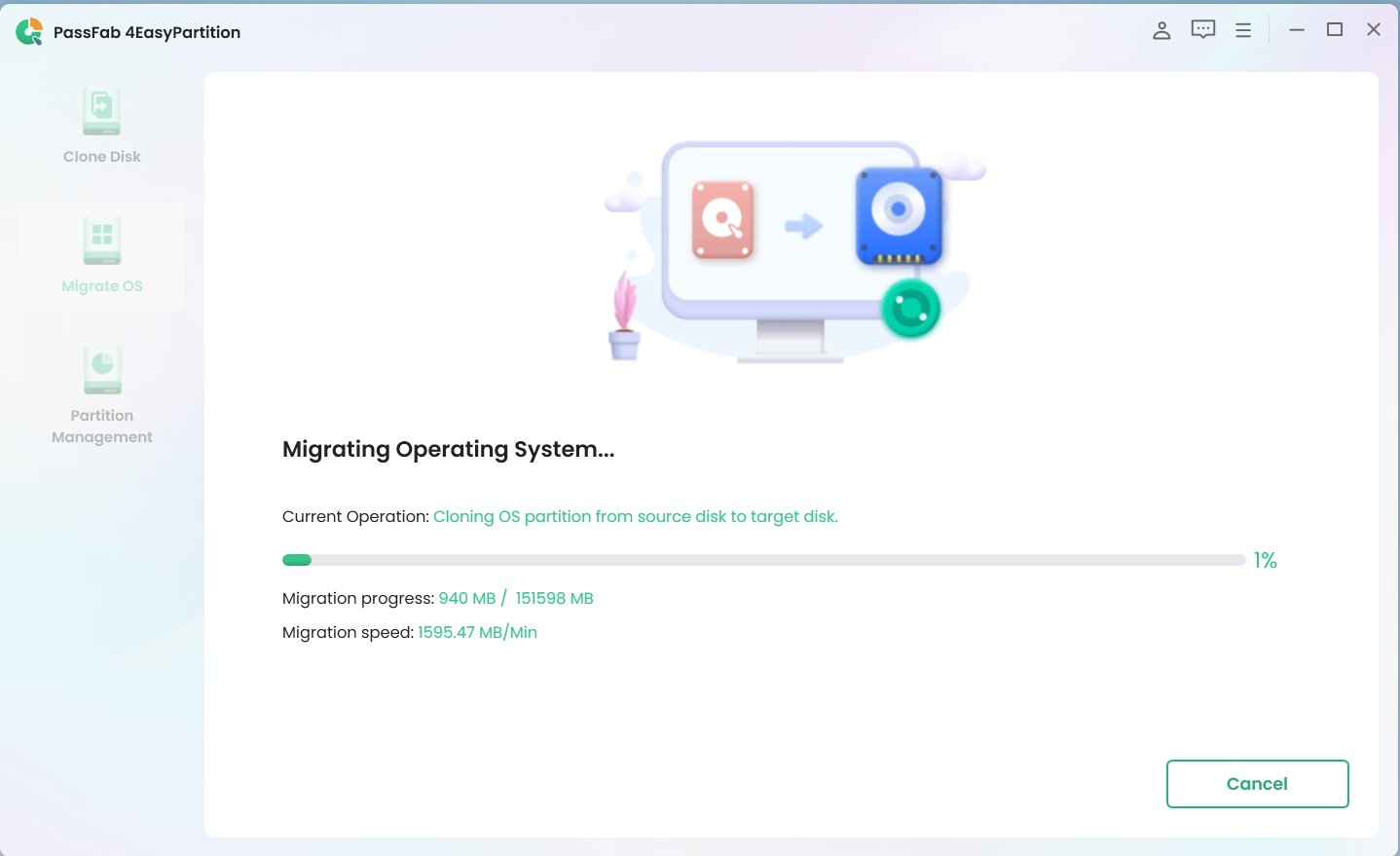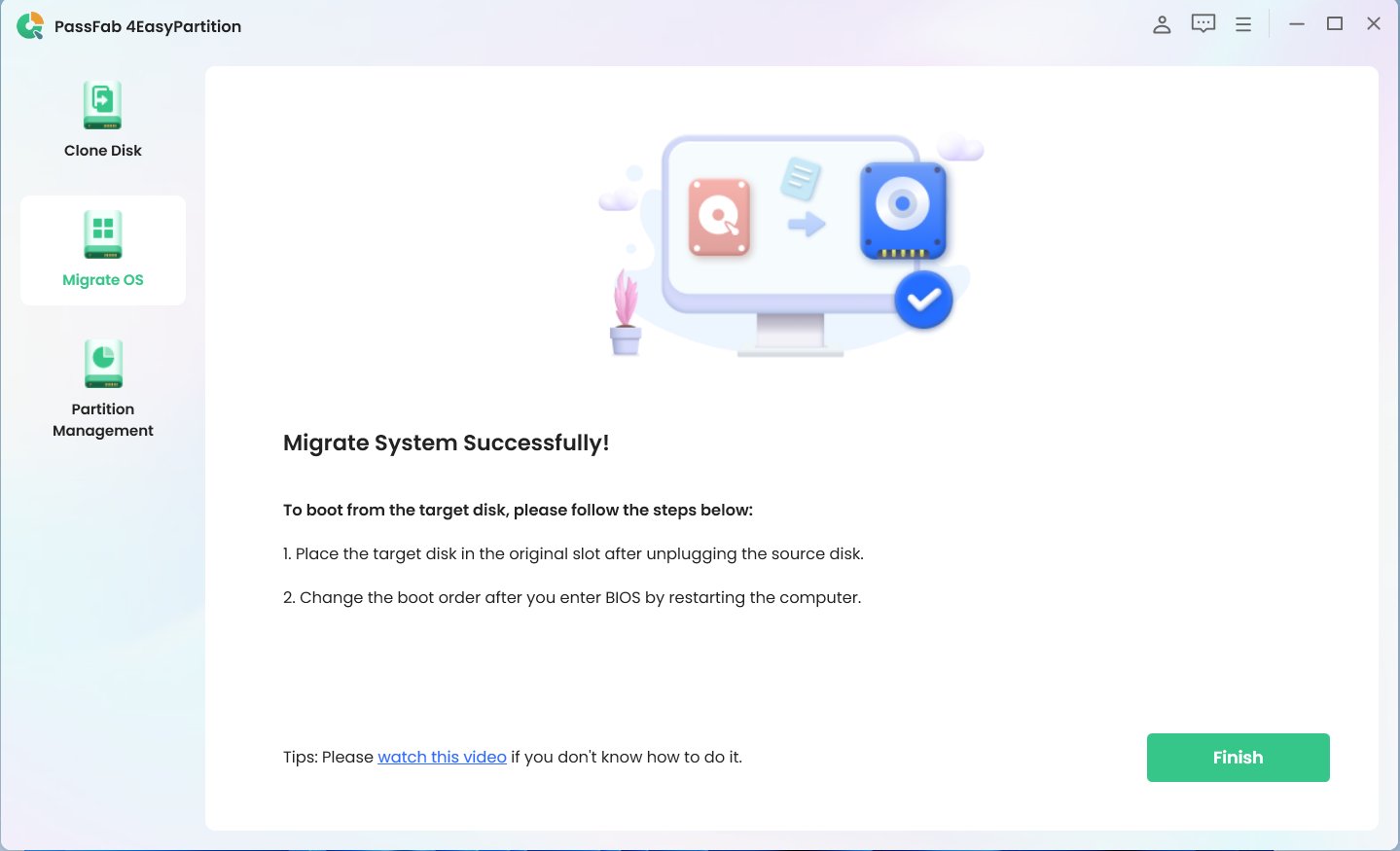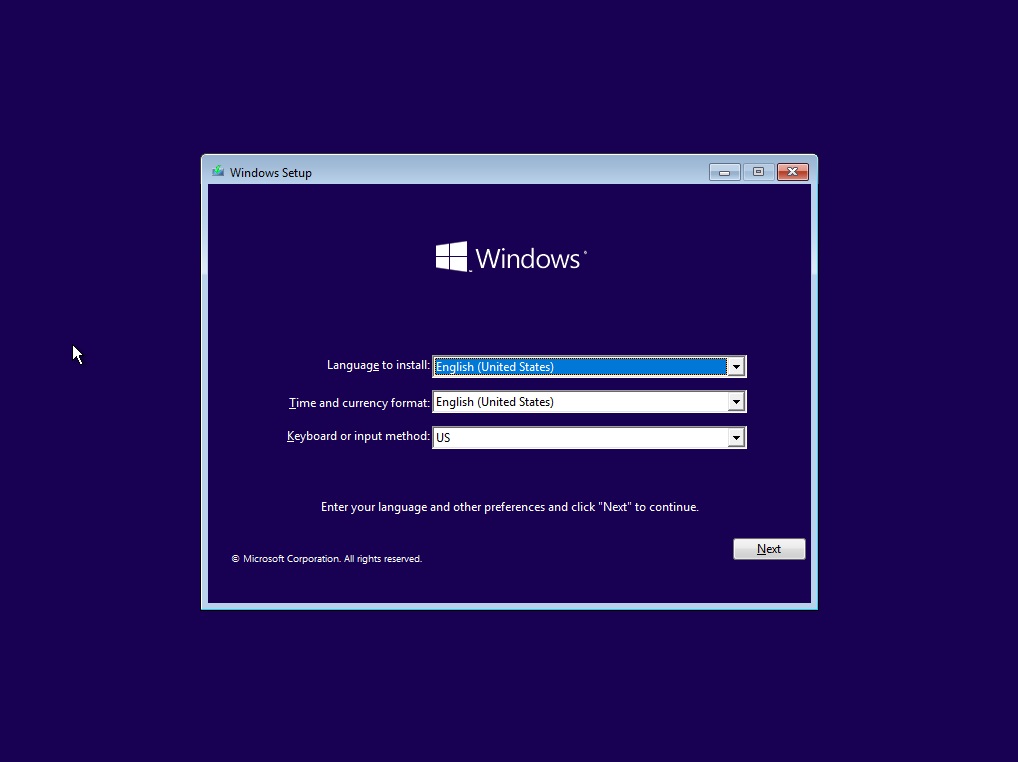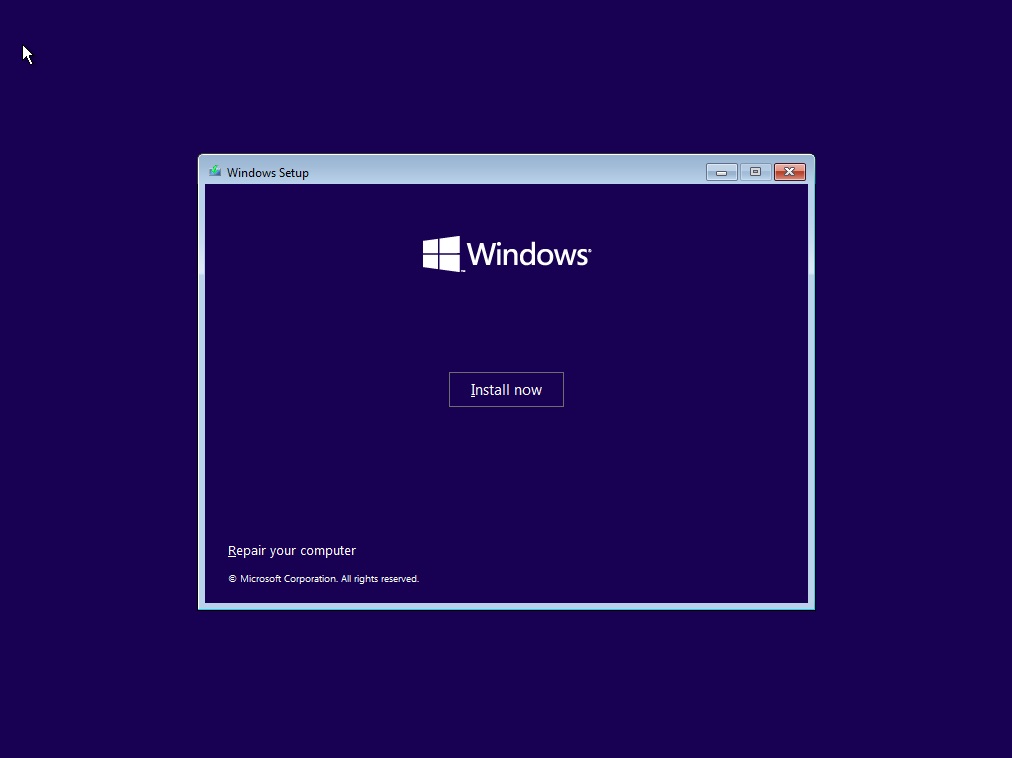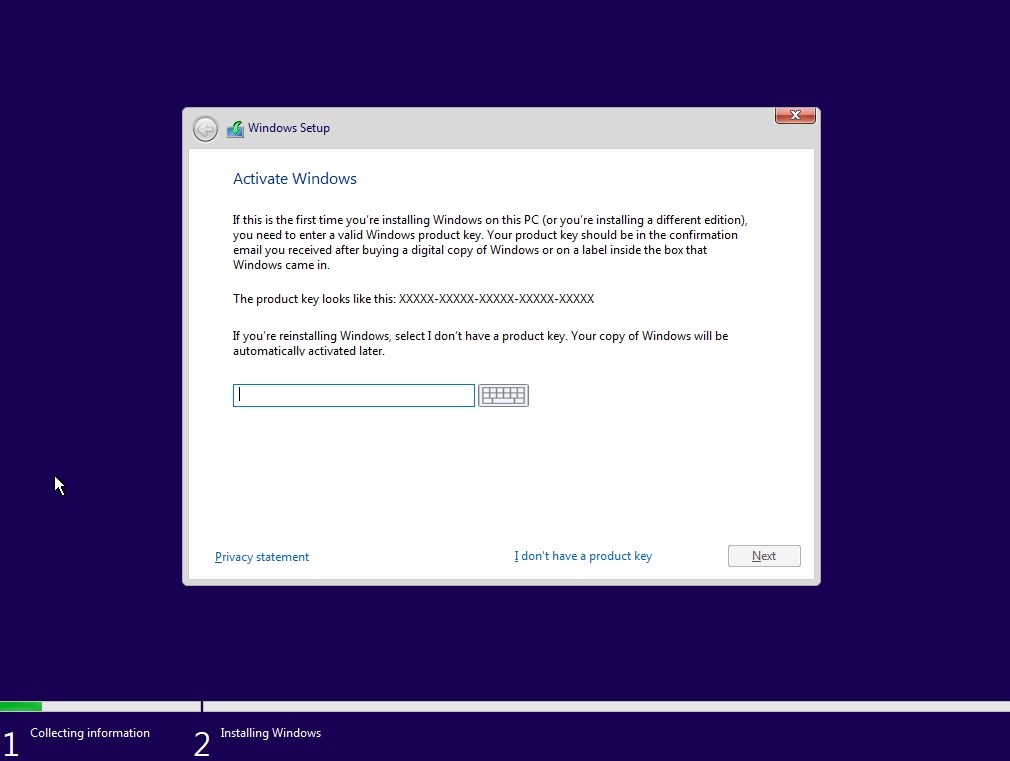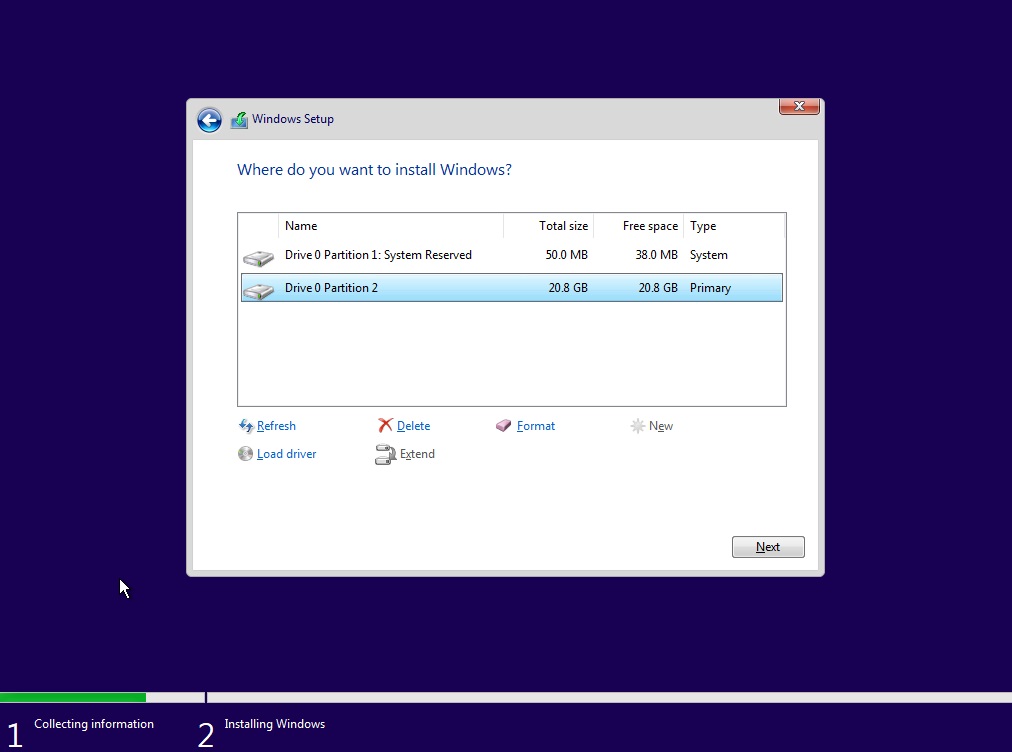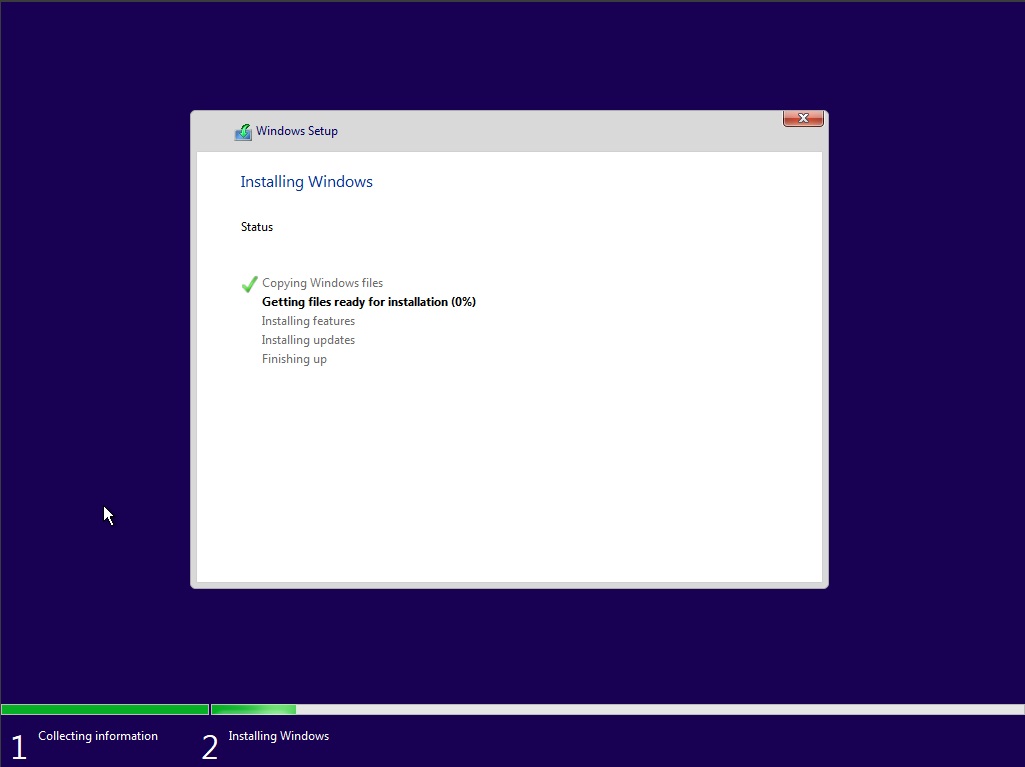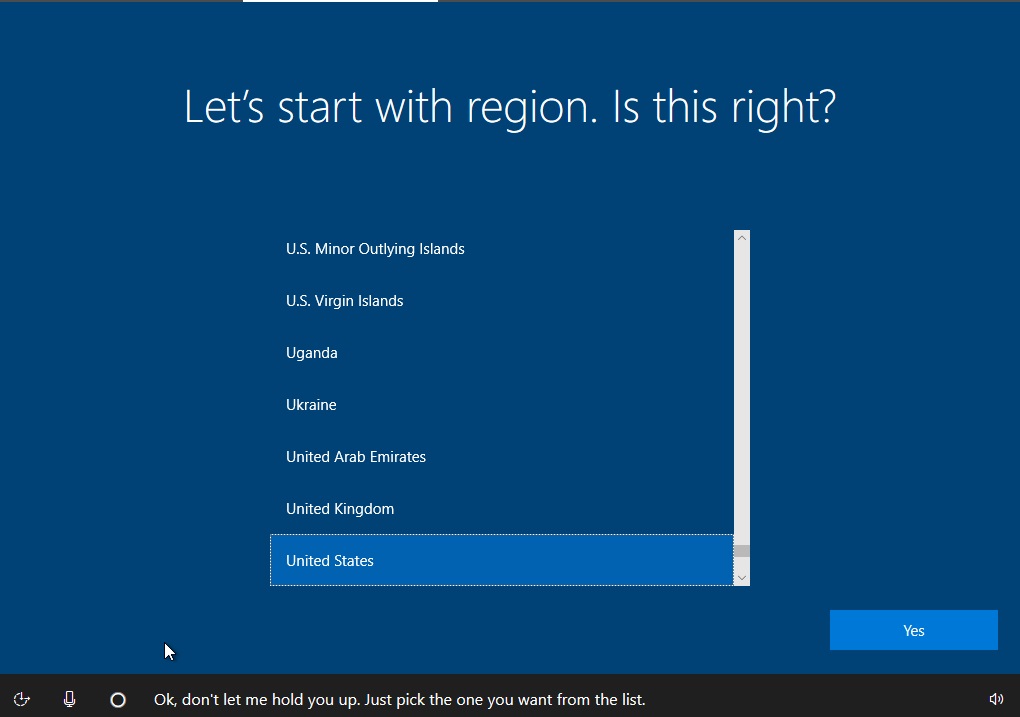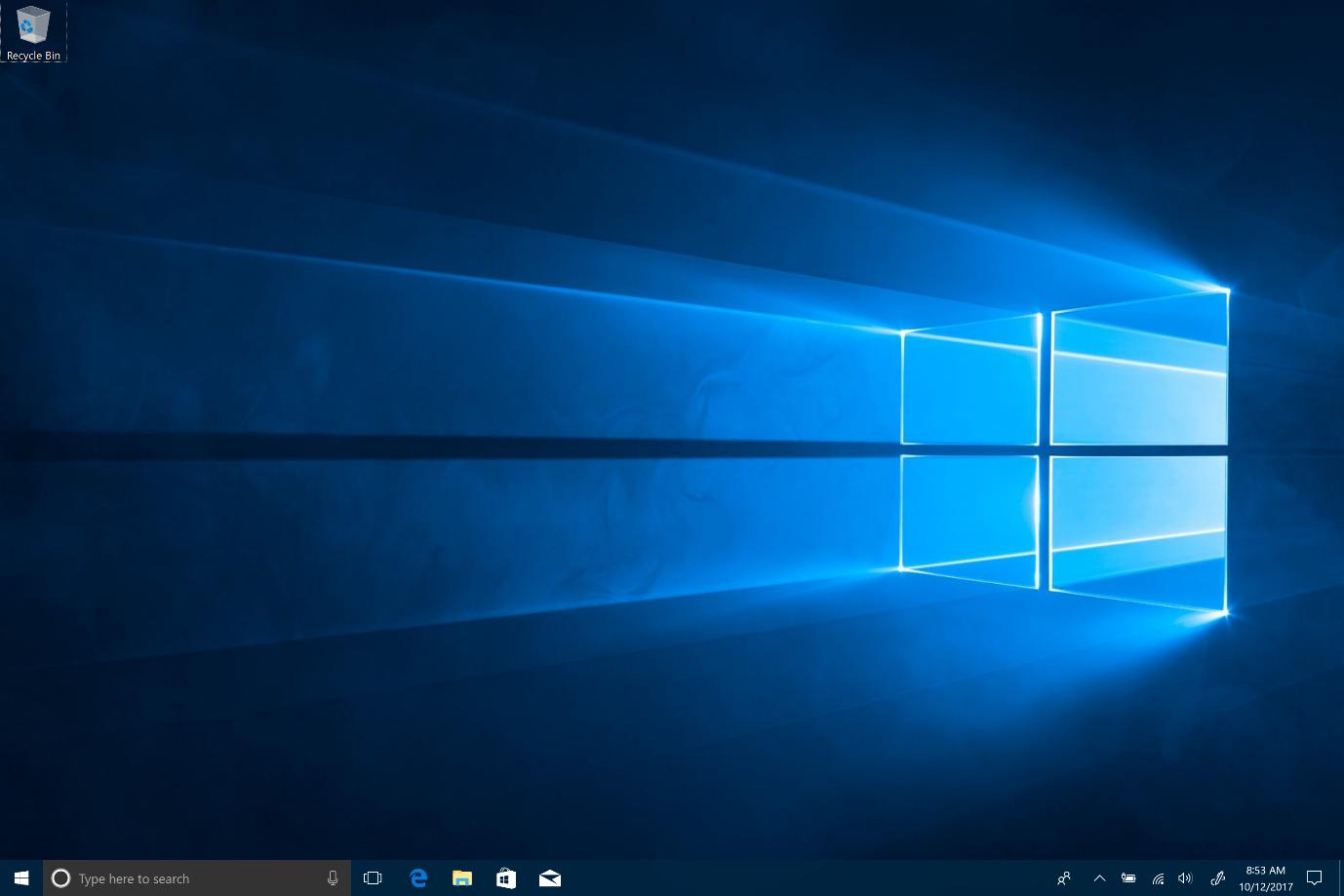Welcome to our step-by-step guide on how to change boot drive Windows 10! Changing the boot drive helps if you're looking to speed up your PC’s boot or upgrade your storage capacity. Whether you're a tech enthusiast or a novice user, this step-by-step guide is for you. We’ll explain to you the process of changing boot drive with easy-to-follow instructions. So, let's get started!
Part 1. What is a Boot Drive?
Part 2. When Do You Want to Change Boot Drive in Windows 10?
Part 3. How to change boot drive in Windows 10?
- 1. Free Ways to Change Boot Drive Windows 11, 10, 8, and 7
- 2. Easiest Way to Change Boot Drive in Windows 11, 10, 8, and 7
Part 4. Extra Tip: Windows 10 Change Boot Drive to SSD
- 1. Why Make SSD as Bootable Drive? How to Install the SSD
- 2. How to Change Boot Drive after Clone in Windows 10
Part 5. Windows 10 Change Boot Drive FAQs
- Q1: How do I fix no bootable devices found?
- Q2: How do I change the boot order in Windows 10 without BIOS?
- Q3: How do I change the default boot drive in Windows 10?
- Q4: When should I format my hard drive? Is it safe to format a hard drive?Q4: Does the boot drive have to be a C drive?
Final Words
Part 1. What is a Boot Drive?
A boot drive is a physical component that stores the operating system files required to start up a computer. A boot device can be of many types. It can be a hard drive, floppy disk drive, CD-ROM drive, DVD drive, or USB flash drive. The hard drive is the most used boot drive nowadays out of all these options. When you buy a new computer, the operating system is usually pre-installed on the hard drive. This saves you the hassle and allows for straightforward booting of the system.
Tip:What to Do Before Changing a Boot Drive
Before changing the boot drive, make sure you prepare yourself properly through these steps:
- Data Backup Make sure all your important files and data from your current boot drive are backed up and safe.
- Recovery Image Create a recovery image of your current boot drive in case any issues arise. When the recovery image is, you can revert the changes.
- Get a New SSD/HDD if you plan to install Windows.
- Properly understand the process to make sure there aren't any potential risks or complications during the process.
Part 2. When Do You Want to Change Boot Drive in Windows 10??
You might find yourself in need to change your boot drive as you continue to use your computers. Especially if you want to replace your current system drive with a different one due to the following reasons:
- You want to increase performance by migrating the boot drive to a new SSD.
- The previous boot drive has insufficient storage space so you need a larger one.
- Maybe your hard drive health is decreasing.
For many non-techy users, changing boot drives can be somewhat challenging. Especially when doing it for the first time. But don’t worry as we’ve compiled a comprehensive step-by-step tutorial on how to change the boot drive.
Part 3. How to change boot drive in Windows 10?
There are many ways to change boot drive Windows 10 we’ve categorized them on the basis of the level of difficulty and ease of use.
1. Free Ways to Change Boot Drive Windows 11, 10, 8, and 7
This method is done by accessing the BIOS or UEFI. To access the BIOS/UEFI settings on your computer, power it on and start pressing the BIOS key. BIOS keys differ from manufacturer to manufacturer but usually they’re F2, F10, Delete, or Esc.
Option 1: [System Configuration] How to Change Boot Drive from BIOS & UEFI Windows
-
Open BIOS/UEFI – Power on your PC and press the BIOS key to open the BIOS settings.

-
Use the right and left arrow keys to navigate to the “Boot” tab.

-
In the boot menu, press the designated keys and shuffle the order of the boot items.

Save the changes and restart the PC.

warning:
It is recommended that you never change the Boot settings if you’re not familiar with the technicalities. Doing so can result in complete system failure.
Option 2: [Advanced Options] How to Change Boot Drive in Windows
You can change the boot order from Windows too. The process is a little tricky though.
-
Press “Windows Key + I” to open the “Settings” app.

-
Go to “Windows Update”

-
Go to “Advanced Options”

Go to “Recovery” and in “Advanced Options” Click “Restart”

Your PC will restart. Once you see the advanced options, click “UEFI Firmware Settings”.

2. Easiest Way to Change Boot Drive in Windows 11, 10, 8, and 7
The easiest ways to change boot drives are by installing or migrating Windows. Here’s how to do it.
Option 1. Migrate OS to SSD/HDD via PassFab 4EasyPartition
-
Run PassFab 4EasyPartition and click on “Start”.

-
Click on your “Source Disk”. Source disk is your old drive from where you are going to copy your Windows from.

-
If you see a warning prompt, press “Sure”.

Now you’ll be seeing “Expected Migration Results”. These are your new expected partitions. Click “Start” to continue with OS migration.

Please rest easy while your Windows gets migrated. It will take time based on your system speed and size of your Windows partition.

Once the process is done, press “Finish”.

Option 2. 【Detailed】Clean Install Windows on SSD
-
Turn off your PC and power it if start it in boot mode. Select USB boot and press a key if it asks u to do so.
-
Then, choose your language and input from the Windows Setup. Once you’ve done this, press “Next”.

-
Click “Install Now” to continue the installation.

Enter your Product Key or press “I don’t have a product key”.

Accept Microsoft License Terms, then click “Next”.

Now click “Custom”. Then click “Next”.

Select the partition in which you wish to Install Windows 10. You can even make partitions if your SSD is new and unallocated. Once you are done, click “Next”.

Rest easy while the installation completes. Your PC will restart a few times during this process.

Once installation completes, it’ll ask you for additional details to tailor your experience.

After the setup, Windows 10 desktop will be in front of you. Your PC is now ready to use.

Part 4. Extra Tip: Windows 10 Change Boot Drive to SSD
Alright so once you’ve installed or cloned your Windows to the SSD, you’ll need to make it bootable, otherwise, your Windows won’t load from that SSD.
1. Why Make SSD as Bootable Drive? How to Install the SSD?
There are quite a few reasons why you need to make SSD bootable.
- SSDs have a very high speed compared to Hard Disk Drives. So, making SSD bootable and installing Windows in SSD will make your system run a lot faster compared to HDD.
- Once you have cloned or installed Windows in SSD, you’ll not be able to run it unless you make your SSD a bootable drive.
2. How to Change Boot Drive after Clone in Windows 10
Changing the boot drive is simple as we’ve explained earlier. First, your need to Open BIOS/UEFI by powering on your PC and pressing the BIOS key. Then, use the right and left arrow keys to go to “Boot” and press the keys to shuffle the order of the boot items. Here you can select your SSD on 1st priority. Once done, save the changes and restart the PC.
Part 5. Windows 10 Change Boot Drive to SSD FAQs
Q1: How do I fix no bootable devices found?
To fix the "no bootable devices found" error, check and adjust the boot order in BIOS/UEFI settings. Make sure all device connections are working fine, reset BIOS/UEFI settings to default, and scan and repair disk errors. Also, test the bootable device on another computer if possible.
Q2: How do I change the boot order in Windows 10 without BIOS?
Open the Start menu and click on the “Settings” gear icon. In the Settings window, select “Windows Update.” Now click “Recovery”. From there, go to the “Advanced startup” section and click on “Restart now.” Your computer will restart. Now click “Troubleshoot” and then “Advanced options”. Here, click on "UEFI Firmware Settings" or "BIOS settings”. Finally, you will be directed to the BIOS/UEFI settings, where you can change the boot order.
Q3: How do I change the default boot drive in Windows 10?
To change the default boot drive in Windows 10 using the System Configuration utility (msconfig), press Windows key + R, type “msconfig”, and press Enter. In the System Configuration window, go to the “Boot” tab. Select the default boot drive from the list. Now click “Set as default”, then click “Apply” and “OK”. Restart your computer for the changes to take effect.
Q4: Does the boot drive have to be a C drive?
No, the boot drive does not have to be the C drive. The drive letter can vary and it depends on the system configuration and setup.
Conclusion
In conclusion, changing the boot drive in Windows 10 can be beneficial for improving performance or increasing storage capacity. There are many methods to change the boot drive such as BIOS/UEFI settings, using Windows settings, or performing a clean installation or migration. You can also opt for simpler third-party tools such as PassFab 4EasyPartition. It is important to follow the step-by-step instructions carefully and be cautious when making changes to avoid any potential system issues.
